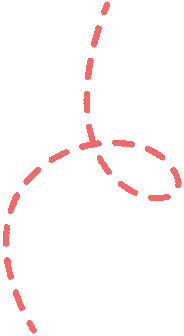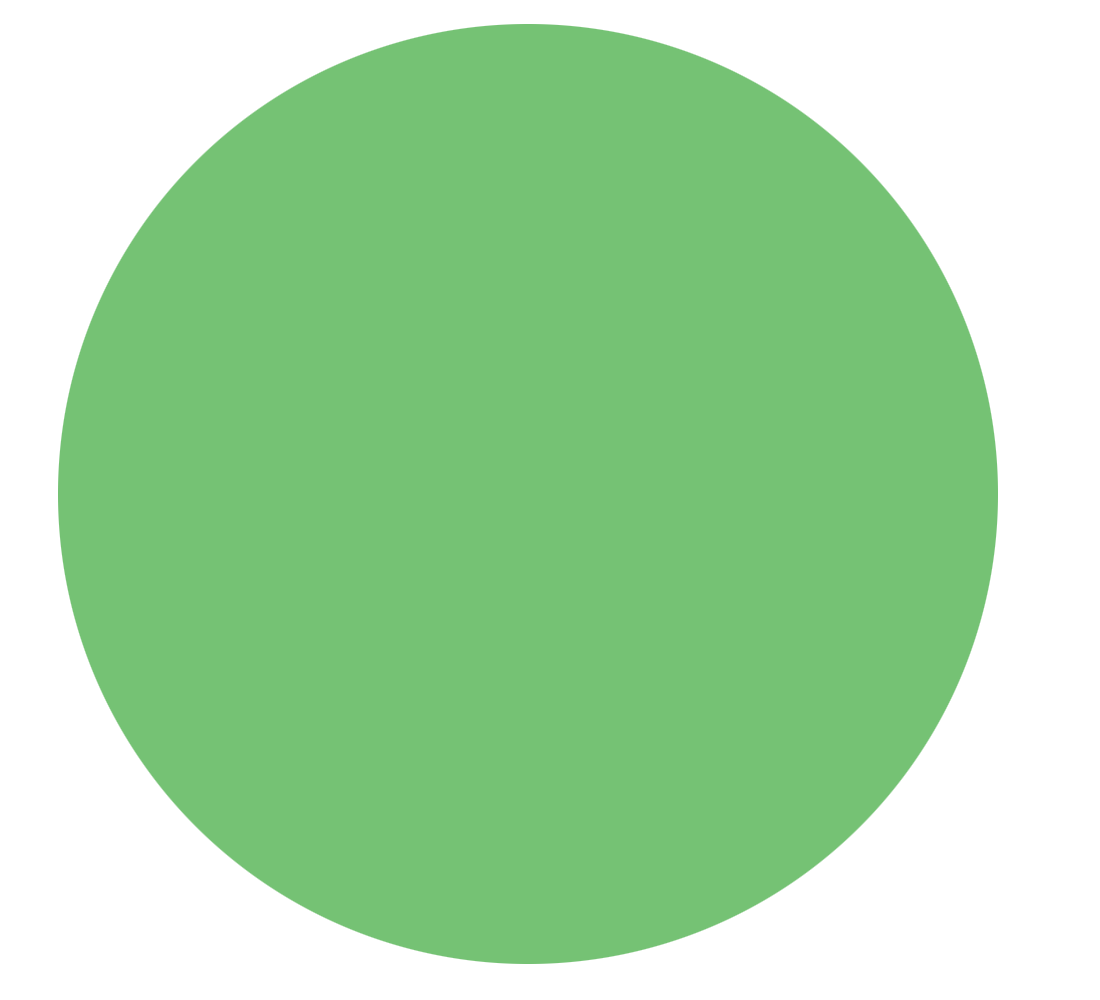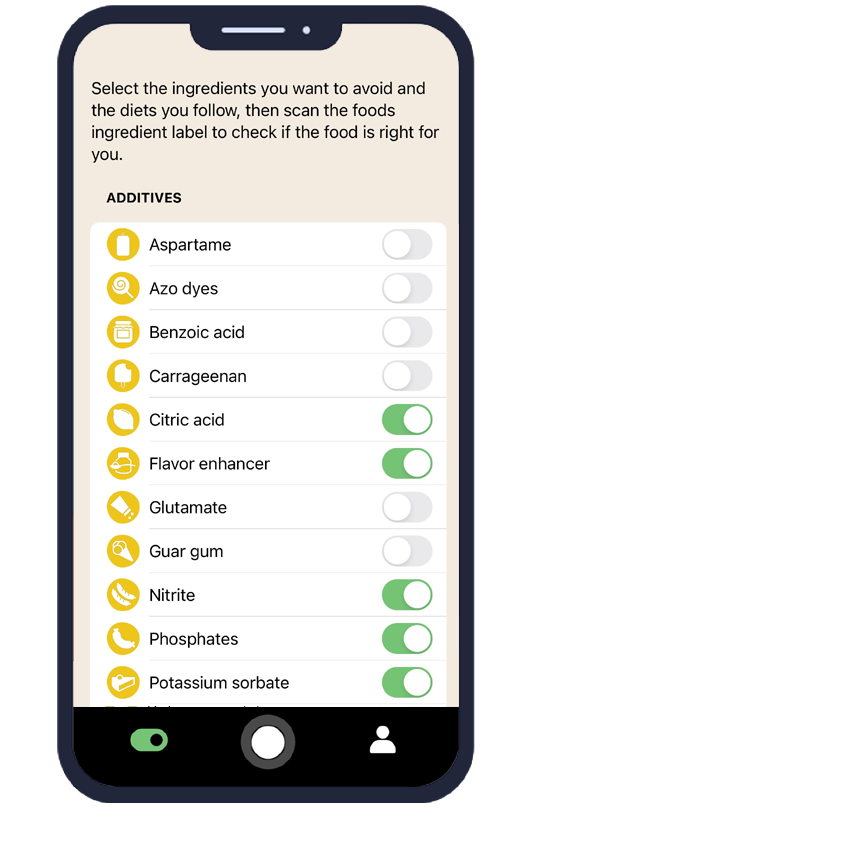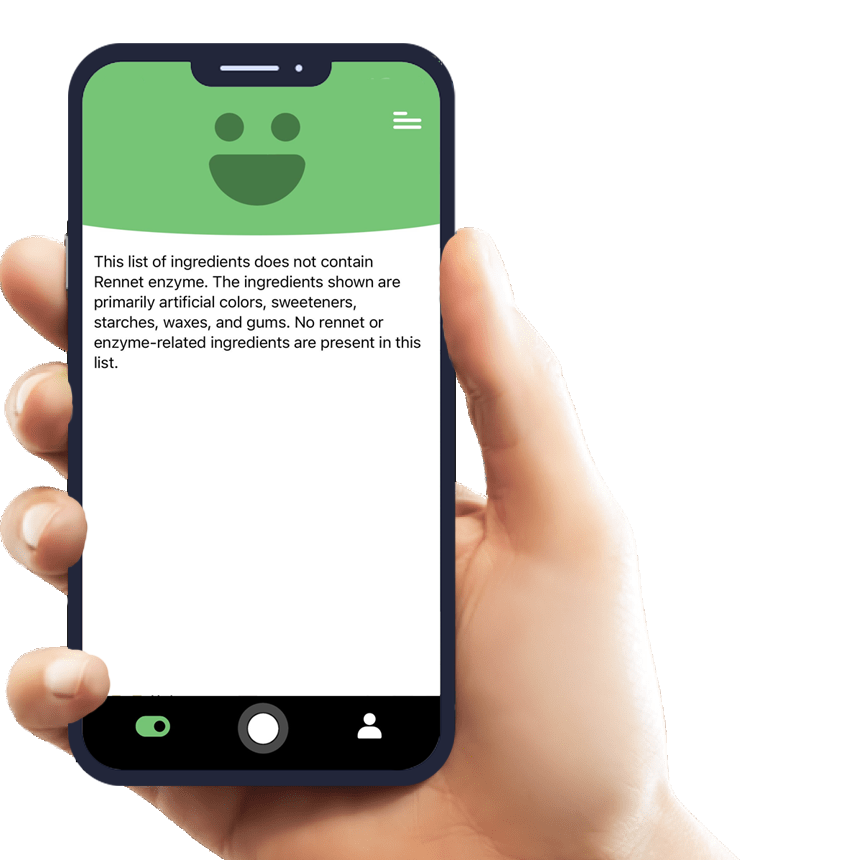Everything You Need to Know About Potato Starch and How AI Eat This Can Help
Potato starch is a common food additive found in countless processed foods, yet many consumers remain unaware of its presence in their daily diet. Whether you're managing specific dietary restrictions, dealing with food sensitivities, or simply want to make more informed food choices, understanding what potato starch is and where it's used becomes crucial for maintaining your health goals.
For those who need to avoid potato starch due to allergies, intolerances, or dietary preferences, identifying this ingredient can be challenging. This is where AI Eat This becomes an invaluable tool, using advanced technology to scan ingredient lists and help you make safer food choices instantly.
What Is Potato Starch and Where Is It Used?
Potato starch is a refined carbohydrate extracted from potatoes through a process that removes the protein and fiber, leaving behind a white, flavorless powder. As a food additive, it serves multiple functions including thickening, binding, and improving texture in processed foods.
This versatile ingredient appears in numerous food products due to its excellent thickening properties and neutral taste. Manufacturers often prefer potato starch because it creates a clear, glossy finish and remains stable under various temperature conditions.
Common Foods Containing Potato Starch
You'll find potato starch in a surprising variety of everyday foods. Here are the most common products that contain this food additive:
- Baked goods like breads, cakes, and pastries
- Processed meats and sausages
- Soups, sauces, and gravies
- Frozen foods and ready meals
- Gluten-free products as a wheat flour substitute
- Snack foods and crackers
- Dairy products like yogurts and puddings
Is Potato Starch Safe? What Does the Research Say?
Regulatory Approvals and Guidelines
Potato starch safety has been extensively evaluated by major health authorities worldwide. The U.S. Food and Drug Administration (FDA) recognizes potato starch as Generally Recognized as Safe (GRAS) for use in food products.
Similarly, the European Food Safety Authority (EFSA) has approved potato starch for food use, and the World Health Organization (WHO) includes it among acceptable food additives. These approvals are based on comprehensive safety studies showing no adverse effects when consumed as part of a normal diet.
Potential Risks for Specific Groups
While potato starch is generally safe for most people, certain individuals may experience potato starch intolerance or allergic reactions. Those with nightshade allergies should be particularly cautious, as potatoes belong to this plant family.
People following specific dietary restrictions, such as those avoiding processed foods or maintaining strict paleo diets, may also choose to limit their potato starch intake. Additionally, individuals with digestive sensitivities might experience bloating or discomfort from foods high in refined starches.
How AI Eat This Helps You Avoid Potato Starch
Managing dietary restrictions becomes significantly easier with AI Eat This, a revolutionary mobile app designed to identify food additives like potato starch instantly. The app uses advanced artificial intelligence to scan ingredient lists through your smartphone camera, making it simple to spot potato starch in any product.
The app's personalized filter system allows you to set specific dietary preferences, including avoiding potato starch. Once configured, AI Eat This will alert you whenever you scan a product containing this ingredient, helping you make informed decisions quickly.
What sets AI Eat This apart is its ability to recognize ingredients in multiple languages, making it perfect for travelers or those shopping for international products. The app continuously updates its database to ensure accurate identification of potato starch and other food additives.
Who Should Consider Avoiding Potato Starch?
Several groups of people may benefit from limiting or avoiding potato starch in their diet. Individuals with diagnosed potato starch allergy must strictly avoid this ingredient to prevent allergic reactions ranging from mild digestive upset to severe symptoms.
Those following elimination diets or managing inflammatory conditions sometimes find that reducing processed starches, including potato starch, helps improve their symptoms. People with specific digestive disorders may also experience better gut health when avoiding refined starches.
Additionally, individuals committed to whole food diets or those trying to minimize processed food consumption often choose to avoid food additives like potato starch as part of their overall health strategy.
Tips for Maintaining a Potato Starch-Free Diet
Successfully avoiding potato starch requires a combination of label reading skills and smart shopping strategies. Always check ingredient lists carefully, as potato starch may appear under different names or be listed among other starches.
Focus on purchasing whole, unprocessed foods whenever possible, as these naturally don't contain added potato starch. When buying packaged foods, look for products specifically labeled as free from certain additives or those targeting clean eating consumers.
Utilize technology like AI Eat This to streamline your shopping process and ensure you don't accidentally purchase products containing potato starch. The app's quick scanning feature saves time and provides peace of mind when navigating dietary restrictions.
Consider preparing more meals at home using fresh ingredients, which gives you complete control over what goes into your food. When dining out, don't hesitate to ask about ingredients, especially in sauces, gravies, and processed items that commonly contain potato starch.
Conclusion
Understanding potato starch and its widespread use in food products empowers you to make better dietary choices aligned with your health goals. While this food additive is generally safe for most people, those with specific dietary restrictions or sensitivities can benefit greatly from knowing how to identify and avoid it.
AI Eat This simplifies the process of managing dietary restrictions by providing instant ingredient identification and personalized filtering options. Whether you're dealing with potato starch intolerance, following specific dietary guidelines, or simply want to eat cleaner, this innovative app puts the power of informed food choices in your hands.
Take control of your diet today and download AI Eat This for free testing to start making more informed food choices that support your health and wellness goals!

70 filters
With over 70 filters, you can easily avoid certain ingredients and follow your dietary preference.

Paleo

Pescetarian

Ultra-processed food

Vegan







































































